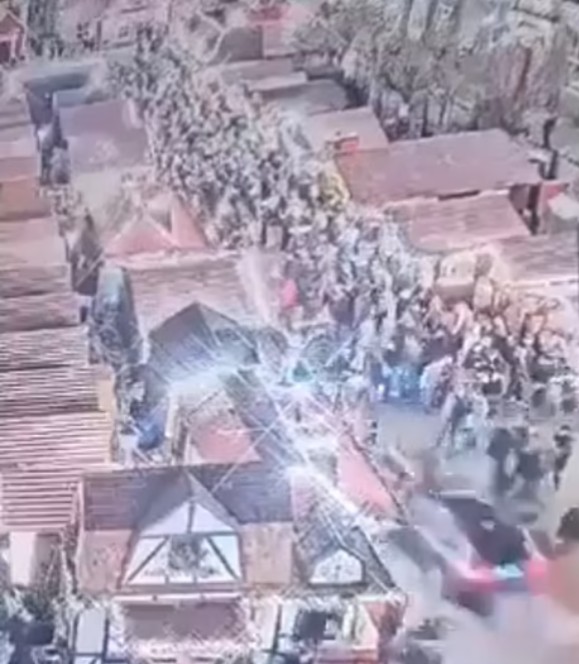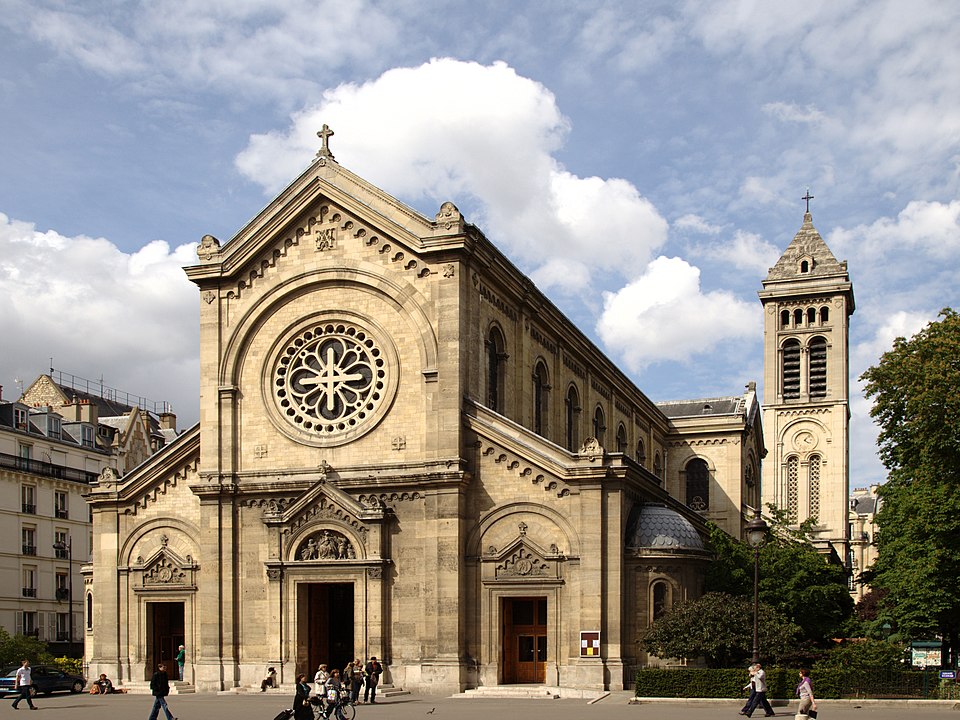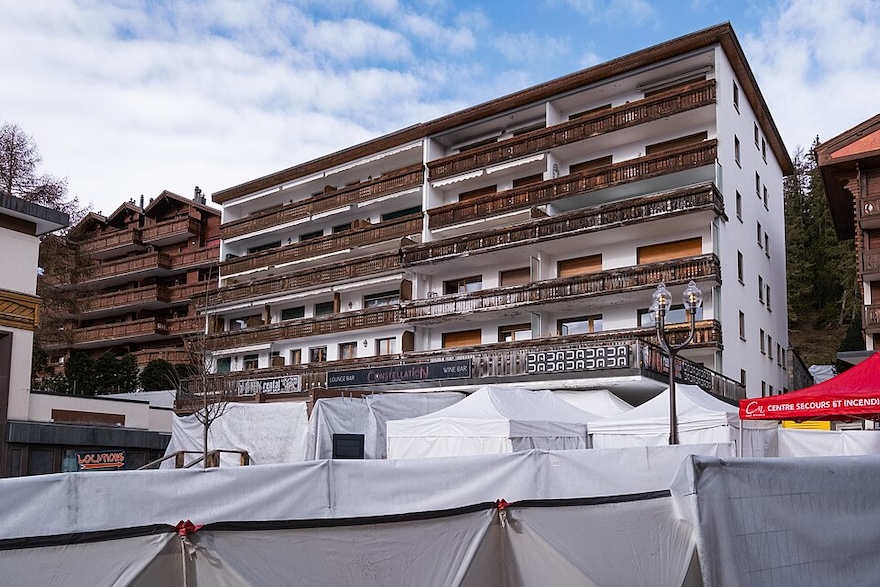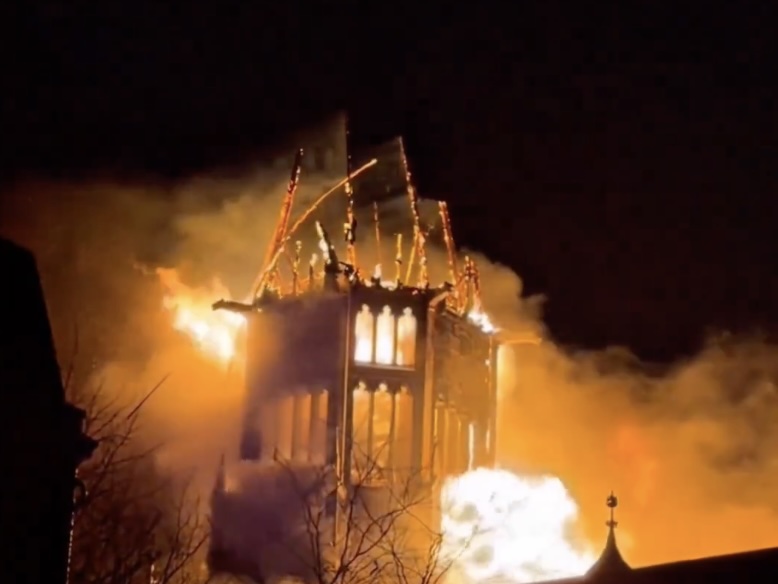Safety for All: The Urgent Need to Involve Tourists in Heritage Fire Drills
The significance of comprehensively addressing all safety considerations for individuals with special needs within historic sites has already been elucidated on this website.
On July 15, 2025, the PERIVLEPTOS 2025 wildfire evacuation drill at the UNESCO-listed Mystra Archaeological Site in Greece was a significant milestone in developing cultural heritage fire safety measures. This comprehensive real-conditions simulation involved firefighters, police, medical personnel, and heritage officials.
The exercise aimed to safeguard the safety of all individuals present on-site, particularly visitors, during a genuine crisis.
The necessity of such exercise arises from the fact that safety professionals must assess the efficacy of their emergency plans if they exclude vulnerable individuals who necessitate assistance, including tourists and occasional visitors.
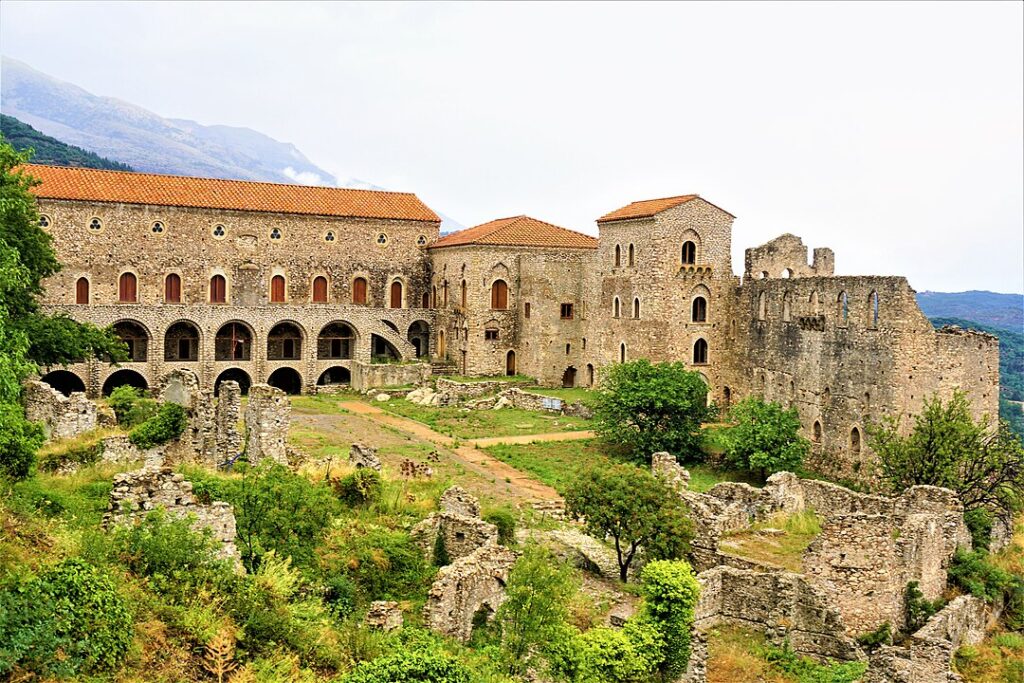
Drills for Reality, Not Routine
The Exercise was designed to evaluate readiness in the face of a rapidly evolving wildfire threat. It tested everything from coordinated agency response to the performance of cutting-edge fire detection systems, evacuation logistics, and monument protection strategies.
But perhaps its greatest strength lay in how it replicated the true complexity of protecting an active heritage site, open to the public.
Every day, thousands of people walk through sites like Mystra—people unfamiliar with escape routes, local risks, or emergency protocols. They’re not employees. They’re not trained responders. And yet, in the chaos of a wildfire, their safety becomes a critical concern.
The Missing Link: Tourists in Emergency Exercises
Despite the success of PERIVLEPTOS 2025, one essential aspect still needs deeper integration: the full involvement of real or simulated visitors in drills.
Tourists behave differently under stress. They speak different languages. They may not respond predictably to alarms or instructions. Incorporating this variable into drills makes exercises more realistic and valuable. It can reveal weaknesses in signage, communication methods, and evacuation pacing.
Just as importantly, it teaches staff how to manage frightened or confused crowds without hesitation or miscommunication. By actively involving or simulating tourists, it is possible:
- Improve multilingual alert and instruction systems
- Test visibility and clarity of signage from a visitor’s perspective
- Train staff in crowd control and rapid decision-making
- Ensure that evacuation routes are truly accessible and understandable
- Validate that safety zones are known and reachable for non-local visitors
Infrastructure and Technology Alone Are Not Enough
The enhanced firefighting infrastructure at Mystra—comprising 41 hydrants, four water tanks, dry powder extinguishers, and designated fire posts—represents a commendable model of proactive risk mitigation.
However, as the Minister of Culture for Science and Technology underscored during the event, the efficacy of tools and technology is contingent upon their integration with trained personnel, validated procedures, and a readiness mindset among all stakeholders, including the public.
Drills should not be merely exercises that coordinate agencies but also serve as stress tests for the communication chain, ensuring that visitors, who may be alone, unfamiliar with the local language, or separated from their group, are adequately prepared for potential emergencies. These are the critical details that determine the success of life-saving interventions during actual crises.
A Blueprint for Broader Implementation
Minister Kefalogiannis confirmed plans to expand such exercises to other archaeological sites across Greece. This expansion presents an ideal opportunity to standardize the inclusion of tourists in evacuation drills, either through live participation or role-play by staff and volunteers.
By embracing this step, Greece can become a global model for integrating fire safety and public engagement at heritage sites—a model much needed as climate change intensifies wildfire risks in cultural landscapes.
Final Thoughts
The PERIVLEPTOS 2025 Execise proves how far Greece has come in safeguarding its cultural heritage. The next leap forward must include the people who walk among the ruins and treasures of our shared past.
Fire safety isn’t just about protecting monuments—it’s about ensuring that the stories, experiences, and lives connected to them endure, even in the face of growing threats.

